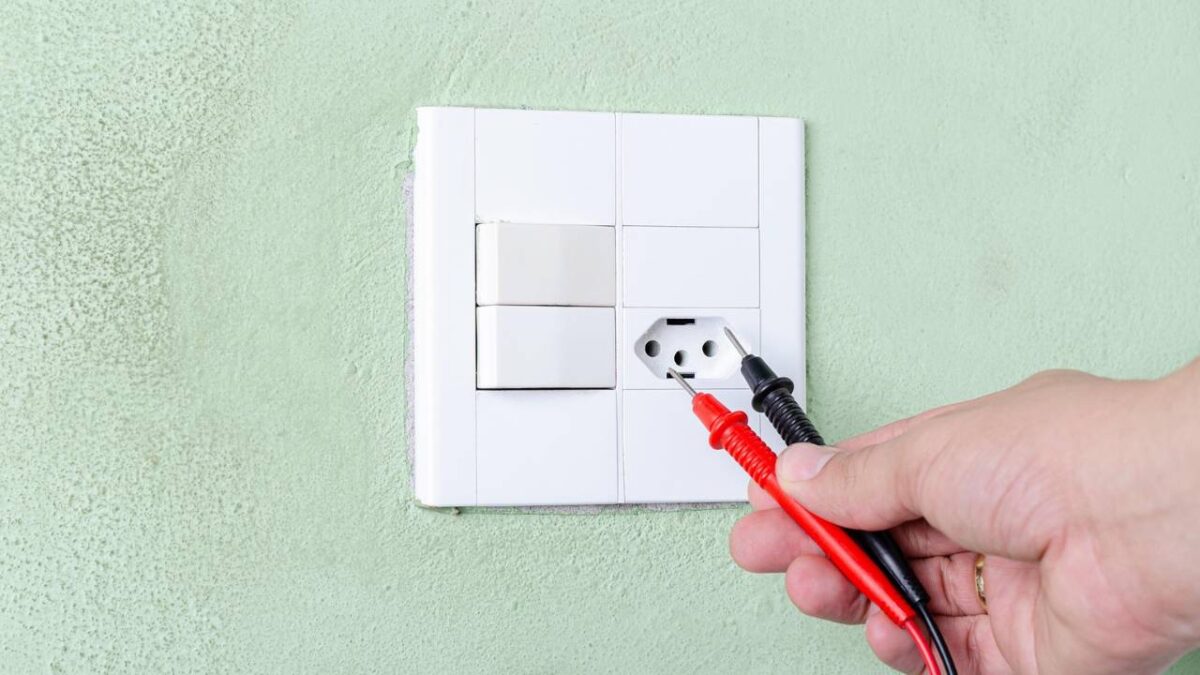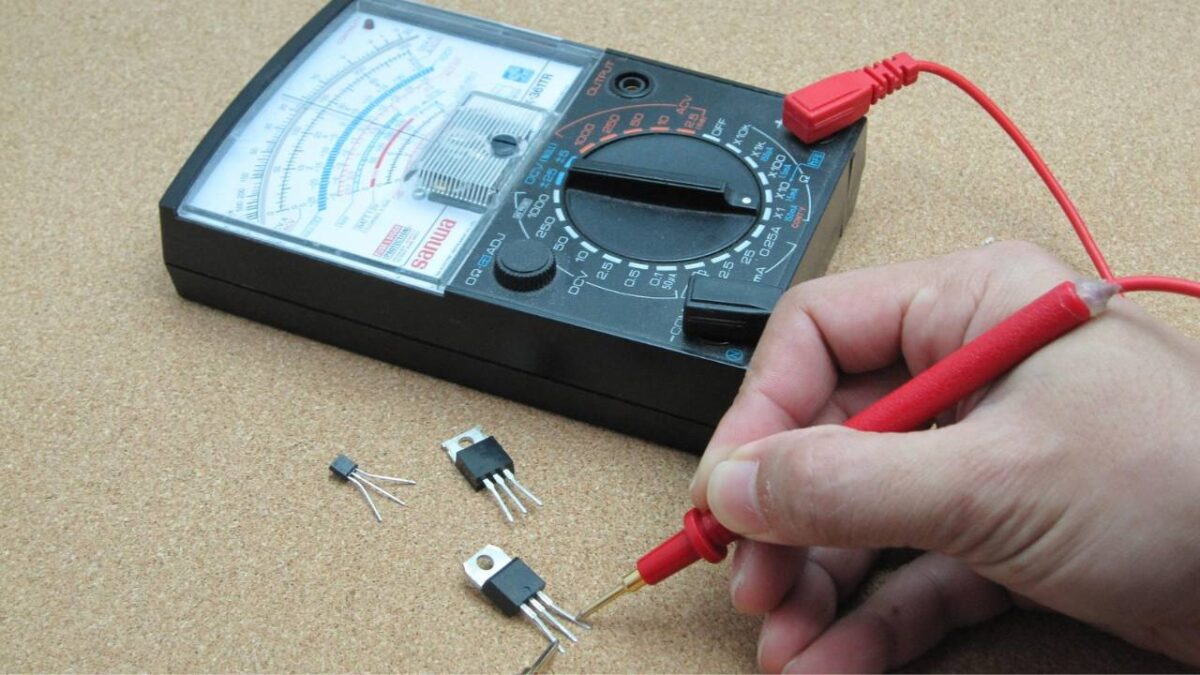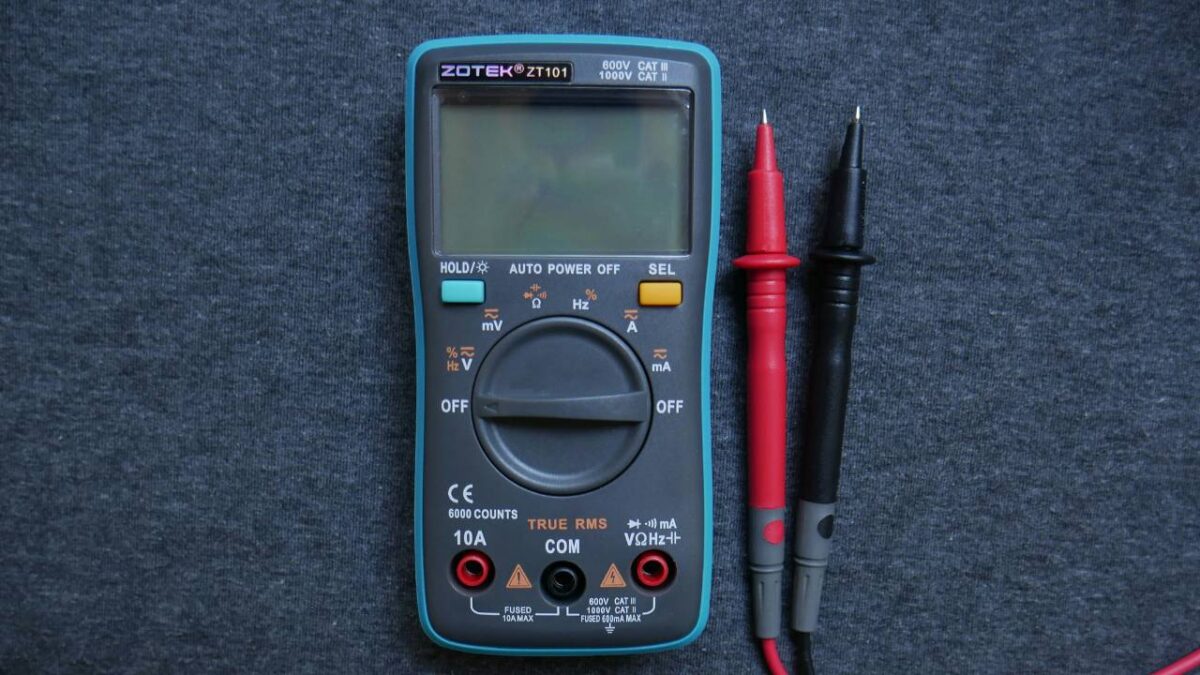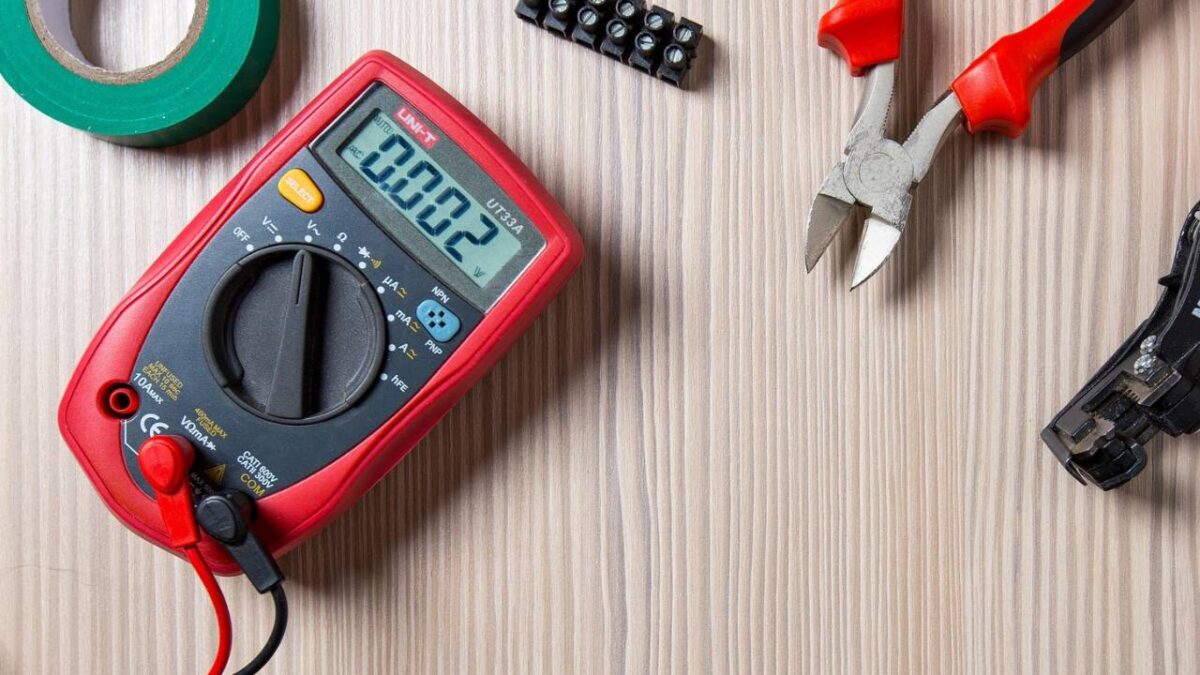Creating a safer work life doesn’t just mean ergonomic furniture or proper monitor height – it extends to the invisible infrastructure that powers our daily activities. Electrical safety, in particular, represents a foundation upon which all other design elements rest. After all, what good is perfect office lighting if faulty wiring creates a fire hazard?
This is where Portable Appliance Testing (PAT) enters the picture. Whether setting up a home office, managing a small business space, or simply ensuring your household is secure, finding a PAT tester that suits your requirements is an essential step toward comprehensive safety design. In this guide, we’ll explore how this often-overlooked tool fits into a thoughtfully designed life and workspace – and how to select the right one for your specific needs.
What Is PAT Testing and Why Does It Matter?

Portable Appliance Testing, commonly known as PAT testing, is a systematic process of examining electrical appliances and equipment to ensure they meet safety standards. Unlike fixed installations like ceiling lights or wall outlets, portable appliances include anything with a plug: computers, printers, kettles, toasters, power tools, extension cords, and countless other devices we rely on daily.
A PAT test typically involves visual inspection and electronic testing to check for issues like damaged cords, faulty wiring, improper grounding, or insulation problems. These seemingly minor defects can lead to serious consequences, from electrical shocks to full-blown fires.
In many countries, PAT testing is a legal requirement for businesses, landlords, and educational institutions. For instance, the UK’s Health and Safety at Work Act 1974 and the Electricity at Work Regulations 1989 place legal obligations on employers to ensure electrical equipment safety. Similar regulations exist across Europe, Australia, and parts of North America.
But beyond legal compliance, the reasons why you need PAT testing for your home include protecting your family from potential electrical fires, possibly lowering your insurance premiums, extending the lifespan of your appliances, and creating peace of mind. Insurance companies increasingly look favourably upon homeowners who demonstrate proactive safety measures, and some policies may even require evidence of electrical safety compliance.
For remote workers, the line between home and office has blurred significantly. Your home office is now a professional space, and applying workplace safety standards to it represents a holistic approach to occupational well-being. Furthermore, with the rising value of home technology setups – from gaming computers to professional-grade audio equipment – protecting these investments becomes increasingly essential.
Making PAT Testing Part of Everyday Life

Consider the typical approach to designing a stylish kitchen. You might spend weeks researching countertop materials, comparing appliance finishes, and selecting the perfect backsplash. You install smart home devices, energy-efficient lighting, and perhaps even a professional-grade espresso machine. But without verifying the electrical safety of these components, you’ve introduced potential hazards into your carefully curated space.
PAT testing integrates seamlessly into this design process. Just as you would select appliances that complement your kitchen’s aesthetic, choosing appropriate safety measures completes the design. The most beautiful kitchen loses its appeal if an electrical fault causes damage or injury.
This integration applies equally to workspaces. A thoughtfully designed office includes proper cable management not just for visual appeal but for safety. Regular PAT testing of computers, printers, heaters, and other equipment ensures that your productivity haven remains secure. It transforms safety from an obligation into a design feature – something built into the space rather than tacked on as an afterthought.
The COVID-19 pandemic dramatically accelerated the home office trend, with millions of people suddenly working remotely. Many created makeshift solutions – laptops on the dining table, extension cords stretching across rooms, multiple devices plugged into power strips never designed for such loads. As these temporary arrangements evolved into permanent setups, integrating proper electrical safety became increasingly important.
This “safety by design” concept extends beyond individual appliances to the overall electrical ecosystem of your space. How many devices share a circuit? Are extension cords used appropriately? Do you have proper surge protection for valuable equipment? A comprehensive approach considers these questions as fundamental design decisions rather than tedious safety checks.
Matching the PAT Tester to Your Needs

Not all PAT testers are created equal, and finding a PAT tester that suits your requirements depends on several factors. The market offers everything from basic pass/fail devices to sophisticated professional equipment with data logging capabilities.
For the average homeowner or remote worker with standard office equipment, a simple PAT tester might be sufficient. These entry-level models typically provide straightforward pass/fail indications for basic safety checks. They’re user-friendly, relatively affordable (typically $100-300), and perfect for testing standard household items like laptops, monitors, small kitchen appliances, and lamps.
Small business owners, creative professionals with specialised equipment, or those managing larger home offices might benefit from mid-range testers. These offer more detailed readings, can handle a wider variety of appliances, and sometimes include features like downloadable test records – useful for insurance documentation or compliance records.
For those managing multiple properties, running workshops with power tools, or maintaining commercial spaces, professional-grade PAT testers provide comprehensive testing capabilities, durable construction for frequent use, and advanced features like automated testing sequences.
Consider these factors when selecting your PAT tester:
- Testing volume: Will you be testing a handful of home office items annually or dozens of appliances across multiple locations?
- Technical expertise: Some models assume electrical knowledge, while others are designed with non-specialists in mind.
- Type of appliances: Standard household items require different testing parameters than industrial equipment or medical devices.
- Record-keeping needs: Simple home use might need minimal documentation, while businesses require comprehensive records for compliance.
- Budget considerations: While basic models start around $100, professional equipment can cost $1,000 or more.
- Portability: Will you use the tester in one location, or does it need to travel between sites?
- Additional features: Some testers include extras like built-in PAT label printers, Bluetooth connectivity, or cloud-based record systems.
For many home users, renting a PAT tester for annual checks might be more economical than purchasing one outright. Alternatively, hiring a professional PAT testing service provides expertise alongside the equipment, though at a higher cost than DIY testing.
Whatever your choice, remember that the goal is integration into your lifestyle – not another obligation that gets postponed indefinitely. The ideal PAT tester fits naturally into your maintenance routine, making safety a seamless part of your designed life rather than a burdensome task.
Design Isn’t Just About Looks – It’s About Safety
Incorporating PAT testing into your work and living spaces ensures that the environments you carefully craft are not only beautiful and productive but fundamentally secure. It’s a proactive step that turns safety into a design principle – not just an afterthought.
As our homes evolve into hybrid workspaces, the line between personal and professional environments continues to blur. Choosing the right PAT tester helps integrate safety seamlessly into your routine, making it part of your lifestyle design – because peace of mind is one of the most valuable elements you can build into any space.






